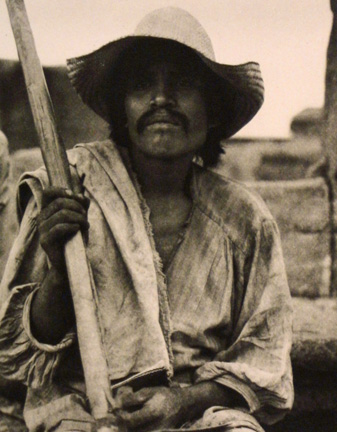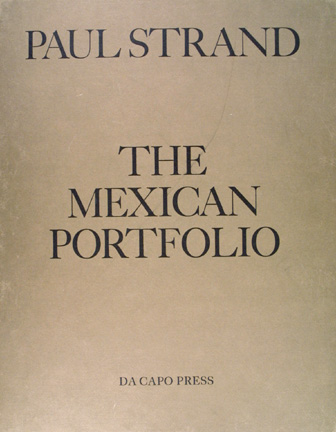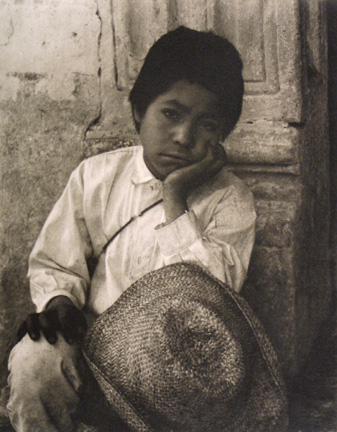About the Photographer
Strand, Paul
American, 1890-1976
Strand's work is rooted in the best tradition of photography. His vision is potential. His work is pure. It is direct. It does not rely on tricks of process. In the history of photography there are but few photographers, who from the point of view of expression, have really done work of any importance. And by importance we mean work that has some relatively lasting quality, the element which gives all art itself real significance. —Alfred Stieglitz
Taking his inspiration from the Edgar Lee Masters' 1915 Spoon River Anthology, Paul Strand focused his career on photographing people in small, close-knit communities. He made his regional photographs in widely varied places, including the American Southwest and New England regions, Ireland, Italy, Mexico, and France. Strand was particularly fascinated by bultos he observed in Mexico. Carved wooden figures of Christ, the Madonna, and saints decorating rural churches, the bultos expressed an impassioned faith Strand found impressive; he wrote to a friend that he considered the works "among the most extraordinary sculptures I have seen anywhere," and believed that the world needed an equally passionate faith. Although he spent much of his career taking portraits, Strand also photographed nature and the environment, as in Christo With Thorns, Huexotla.
Born in New York City in 1890, Paul Strand studied under Louis Hine at the Ethical Culture School, where he developed an interest in photography. Over time Strand developed a direct, sharp, and emotional style of straight photography – an uncommon aesthetic before the rise of modernism beginning around World War I. In 1945, the Museum of Modern Art in New York devoted its first one-person photography show to his works. Strand also had a strong interest in cinematography, making his first film in 1921 with Charles Sheeler and continuing to produce films until 1943 when he decided to devote himself exclusively to still photography. He died in France in 1976.




